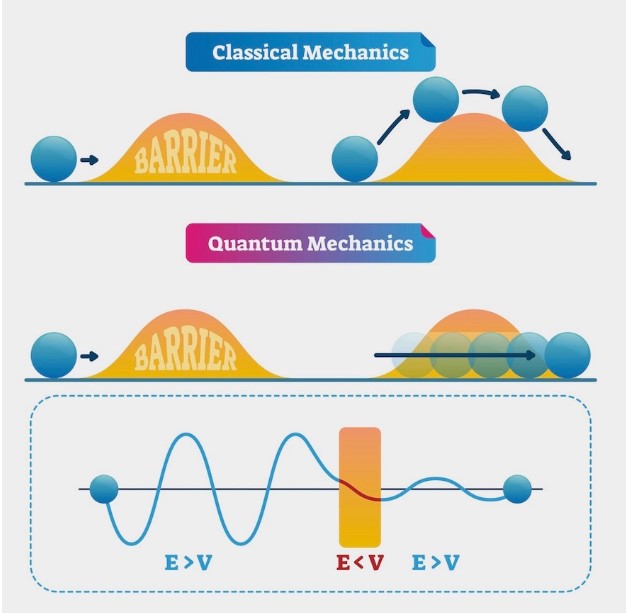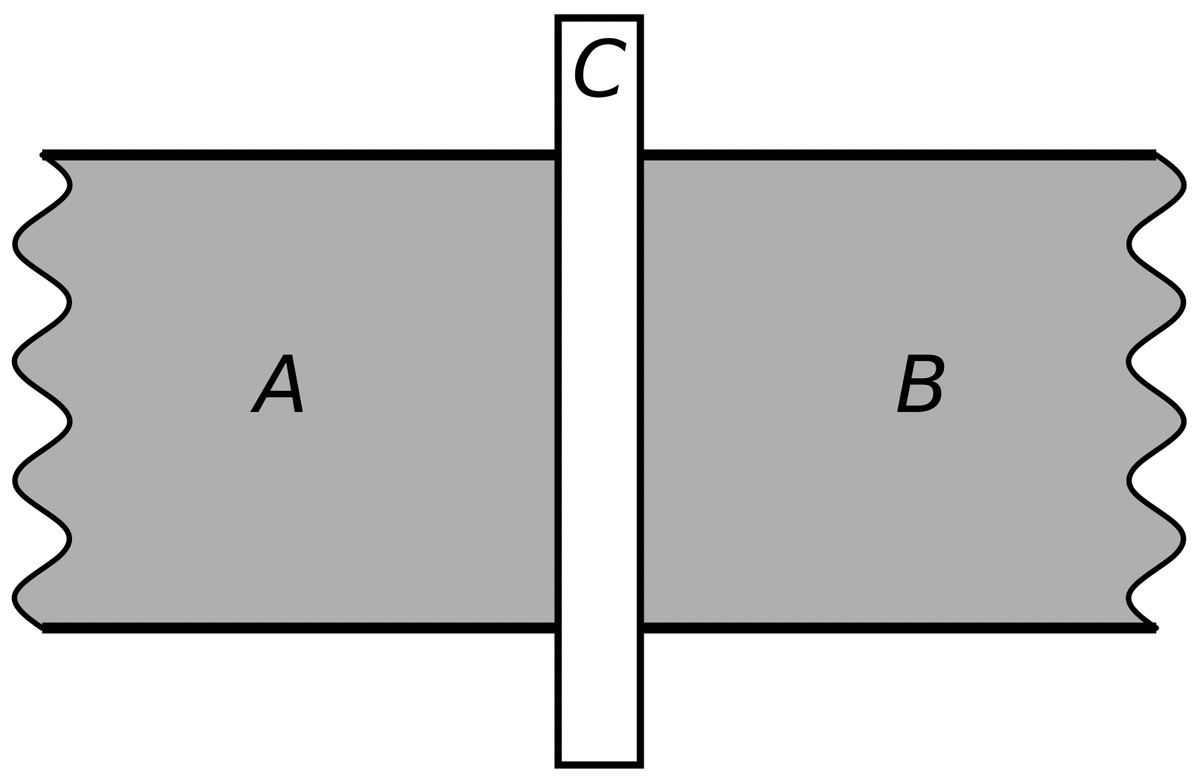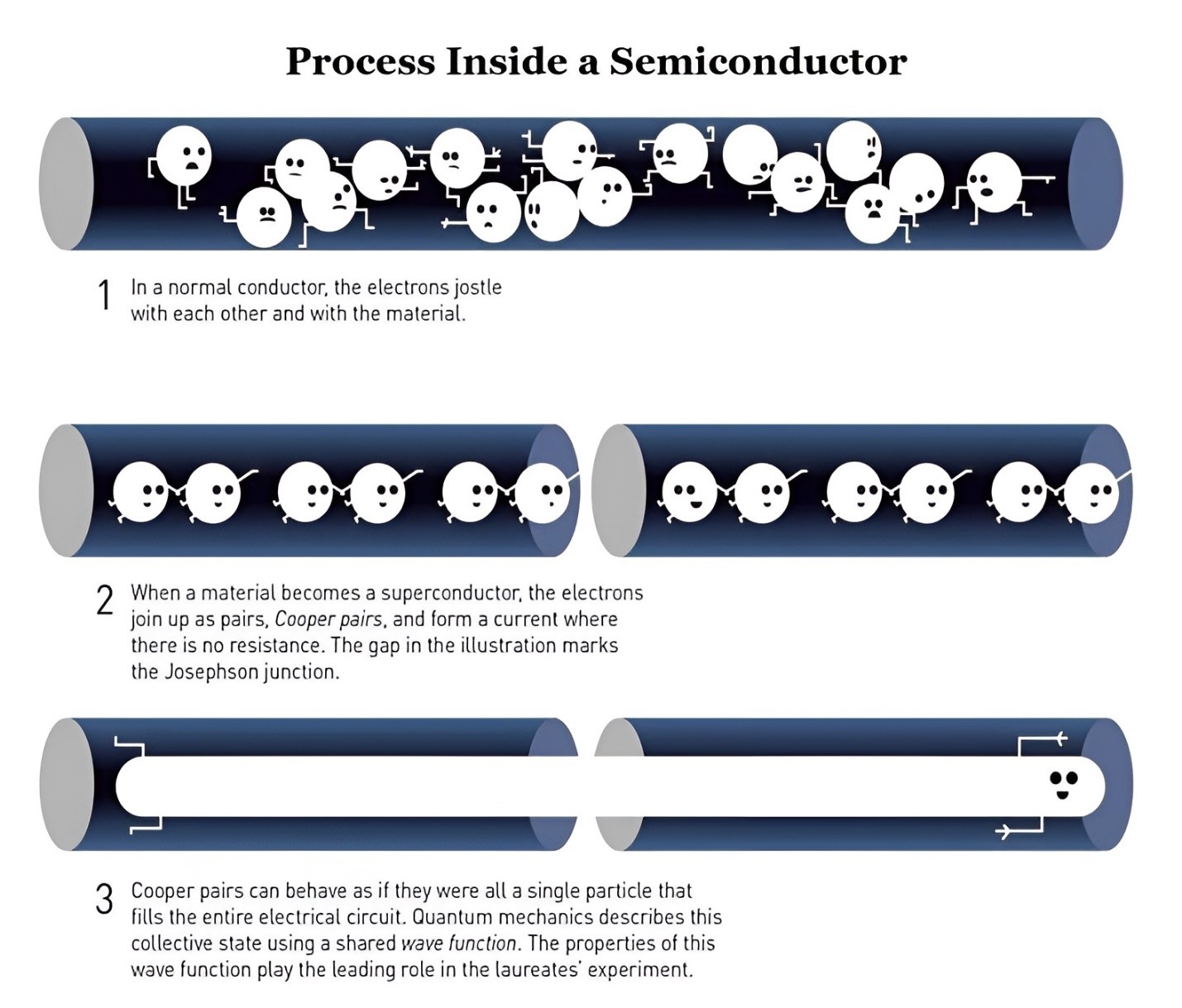Mains: GS III – Science and Technology
Recently, The Nobel Prize in Physics 2025 is out, and the winners are John Clarke, Michel H Devoret, and John M. Martinis, for the discovery of macroscopic quantum mechanical tunnelling and energy quantisation in an electric circuit.

The 2025 physics Nobel Prize laureates – John Clarke, Michel Devoret, and John Martinis.


1. The Hindu| Macroscopic Quantum tunnelling
2. The Indian Express| Nobel price for physics 2025
Kalkulator 1 month
Planiranje projekata ili izra?unavanje važnih datuma sada je jednostavno. Ovaj specifi?ni kalkulator omogu?uje vam da to?no odredite broj dana, tjedana i mjeseci izme?u dva datuma. Idealan je alat za upravljanje rokovima, planiranje doga?aja ili jednostavno pra?enje vremena na precizan i organiziran na?in.